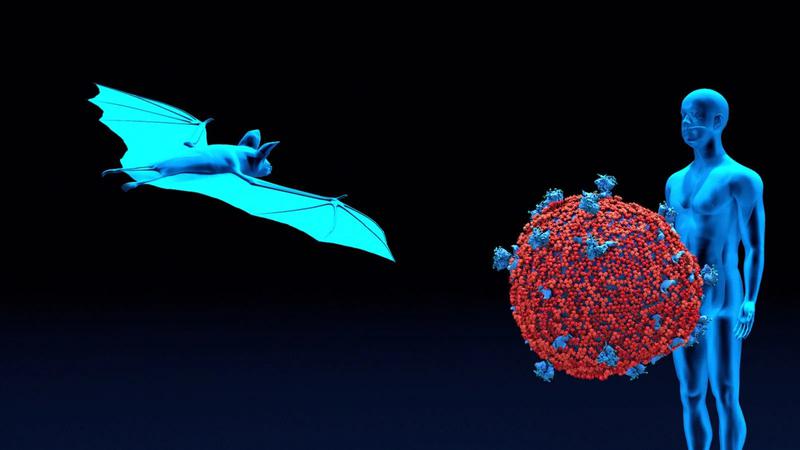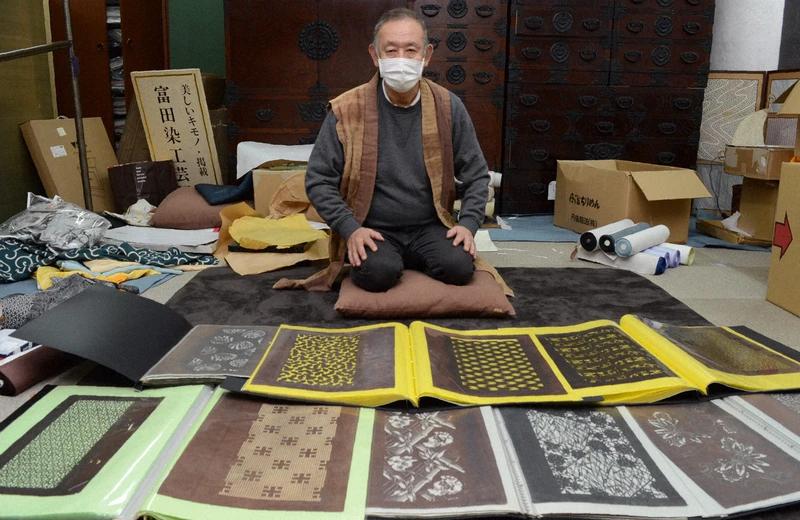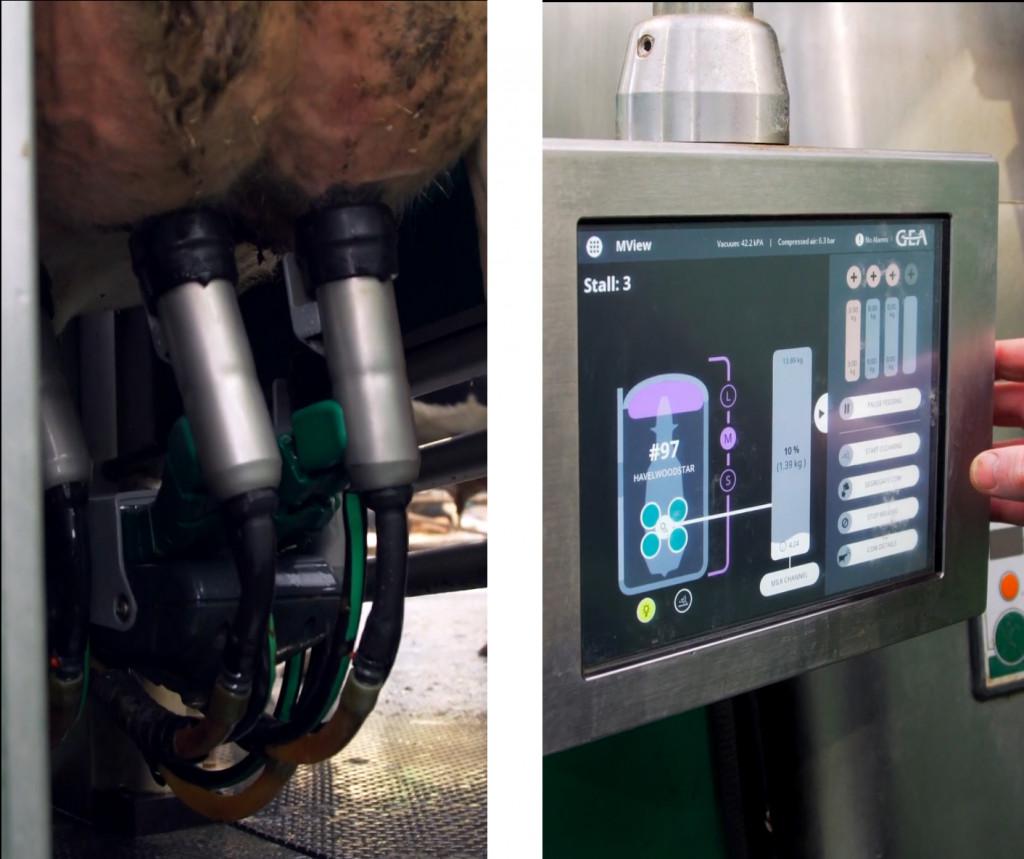Biologists who specialize in bats can't help but get excited every summer fieldwork season. Dan Feller is one of them. Every summer they leave the lab and enter the forest looking for "prey". Feller's aim this time is about 10 species of bats that are widespread in the mountains and woodlands of Maryland. Summer, which is the breeding season and is rich in prey insects, is the season when bats are most active.
However, things were a little different in the summer of 2021. Many bat scholars across the United States, including Feller, use extra-fine nets and special traps to catch bats as usual (don't worry, they won't hurt you). They use an acoustic device that captures the emitted ultrasonic waves to determine their population from a distance. This is because humans may transfer the new coronavirus (SARS-CoV-2) to bats.
Protect bats from viruses
It may sound strange, but bats should now be protected from the hands of humans. Indeed, the theory that SARS-CoV-2, which has spread worldwide as the cause of the new coronavirus infection (COVID-19), may have originated from Chinese bats and has spread to humans through other animals. There is. This is the so-called "spillover" phenomenon. However, on the contrary, the virus may spread from humans to animals, and this is called "spillback".
In Maryland, researchers like Feller have taken various precautions to prevent the spread of the virus from either human or animal directions. "To be cautious, we've stopped direct contact with bats," says Feller, who has been investigating bats every year since 1990 in Maryland. "We reviewed some of our planned research projects. We decided to take a different approach than usual until we got new information."
Fellers will use machines to count bats in the summer of 2009. This is a device that catches the acoustic signals emitted by flying bats to avoid obstacles. However, we do not directly look for signs of "white nose syndrome." White Nose Syndrome first occurred in four caves near Albany, New York in 2007, killing more than 10,000 bats in a year, and has reduced the number of bats in the United States by more than 90%. It is an infectious disease of power.
The US Geological Survey (USGS) and the US Home Office's Department of Fish and Wildlife have recently released new guidelines for biologists like Ferrer. This guideline recommends wearing protective equipment such as masks. This is to reduce the risk of spreading the virus when in contact with bats or when investigating in caves where large numbers of bats hibernate.
"We treat bats as we do to human society," explains Christina Smucker, head of the non-hunting animal division of the Montana Department of Fish and Wildlife Parks. She is in charge of granting permits to research teams wishing to investigate non-hunting animals at the facility. "Wearing protective equipment is to protect the safety of bats. Wear N95 masks and gloves, and have them thoroughly measure the temperature. Work not only for those who test positive, but also for those who are not feeling well. I can't participate in
Guidelines for protecting people and bats
The recently announced guidelines have been developed over the course of a year of consultation with wildlife health and virology experts. It also contains data from two experiments in which bats were actually infected with SARS-CoV-2.
One was announced in December 2008 by a joint research team at USGS, Wisconsin University, and Louisiana State University, and discovered that the brown bat (Eptesicus fuscus), which is widespread in the United States, is resistant to SARS-CoV-2. It is said that it was done. The other is an experiment conducted by a German research team in 20 years, which revealed that the Egyptian fruit bat (Rousettus aegyptiacus), which is common in the Mediterranean coast, Europe, and North America, is susceptible to SARS-CoV-2. There is.
A USGS study found that scientists and wildlife conservationists could transfer the virus to bats. If preventive measures are not taken, infection is expected at a rate of less than 2 per 1,000 animals. This 32-page research report was posted on the biology preprint server "bioRxiv" in May, has not been peer-reviewed, and is not scheduled to be published in academic journals.

Evan Grant says researchers who take the situation seriously recommend wearing protective equipment, although the ratio of two per 1,000 is small. Grant is a research biologist at the USGS Eastern Ecology Center in Patuxent, Maryland, and author of new USGS guidelines.
"All the researchers were worried about the impact of SARS-CoV-2 on bats in North America. They were also worried that the virus would harm bat health, but the infection spread among bats. In some cases, I was worried that the whole would become one host and the virus would spread to other animals, "he says. Grant says new guidelines should protect both humans and bats until details on how SARS-CoV-2 evolves among animals are revealed.
According to a USGS preprint posted on bioRxiv, a negative test for the new coronavirus three days before the study could reduce the risk of bat infection by about 66%. Also, if you wear the N95 mask or surgical mask correctly, you can reduce the risk by about 95% and 89%, respectively, and the cloth mask is expected to reduce by 54%, and the face shield is expected to reduce by 23%.
Bats that have been under threat for some time
A team of Ferrers working in Maryland will cut off contact with bats, but Ohio says that researchers are allowed to touch bats as needed, bat researchers and organisms at Ohio University. Joseph Johnson, who is also an assistant professor, says.
In an email to the US version of WIRED, Johnson wrote, "In some parts of the state, direct contact with bats is allowed." "Ohio has been licensed by the State Department of Natural Resources (DNR) to carry out some investigations. Of course, we are very careful in the field. Wear a mask and nitrile gloves every time you touch each individual. In addition to replacing, disinfect everything that bats may come in contact with. "
Taken together, the scientific evidence suggests that the risk of SARS-CoV-2 spreading from humans to bats in the United States is currently limited. However, it is also true that North American bats have been relentlessly attacked by White Nose Syndrome for the past 20 years.
White nose syndrome is caused by a fungal pathogen (Pseudogymnoascus destructans), and from around 2006, the infection began to spread among hibernating bats. The pathogen is said to have entered the United States as a backpacker carrier from Europe, where the fungus is endemic. Whitenose Syndrome has killed millions of bats, affected more than 12 species of bats, and has already spread to the eastern half of the United States and Canada. It occurred in Maryland on the east coast in 2010, but in 2009 the wave of infection reached Montana, about 3,200 km west.
SARS-CoV-2 "seems to be another potential risk for bats that have been hit hard before," says Smucker, Montana. She pointed out that bats are also under threat from rotating turbine blades for wind power, shrinking habitat, and reducing food insects. "All bats of all species are at risk of survival, and the potential risks of SARS CoV-2 are adding to them. Inevitably, how researchers work and animals. You will need to be careful about how you treat us. "
Biologists who specialize in wildlife are accustomed to protecting themselves from diseases such as rabies and hantavirus pulmonary syndrome, which can infect humans from wildlife, Smucker explains. But with regard to SARS-CoV-2, the pandemic proves that humans are also in the circle of infection.
"We will continue to experience new epidemics that infect both humans and animals," Smucker said. "That's why we need to be more aware of how our behavior affects our exposure to wildlife."
* Click here for articles related to biology by "WIRED".
Science
What the King Penguin's "mysterious migration" means
Science
Wild carnivores depend on the "food" that is familiar to humans and are evolving to adapt to their environment: research results
Science
Korona-ka has made the city quieter, and the song of birds has changed to "attractive".
INFORMATION INFORMATION
Under recruitment of WIRED Japanese version "membership" members who can also participate in limited events!
"WIRED SZ Membership" is a member service that delivers a selection of long leads (feature articles) packed with insights for the next 10 years according to weekly themes. The exciting service, which can participate in the weekly members-only event, is running a one-week free trial!Click here for details







